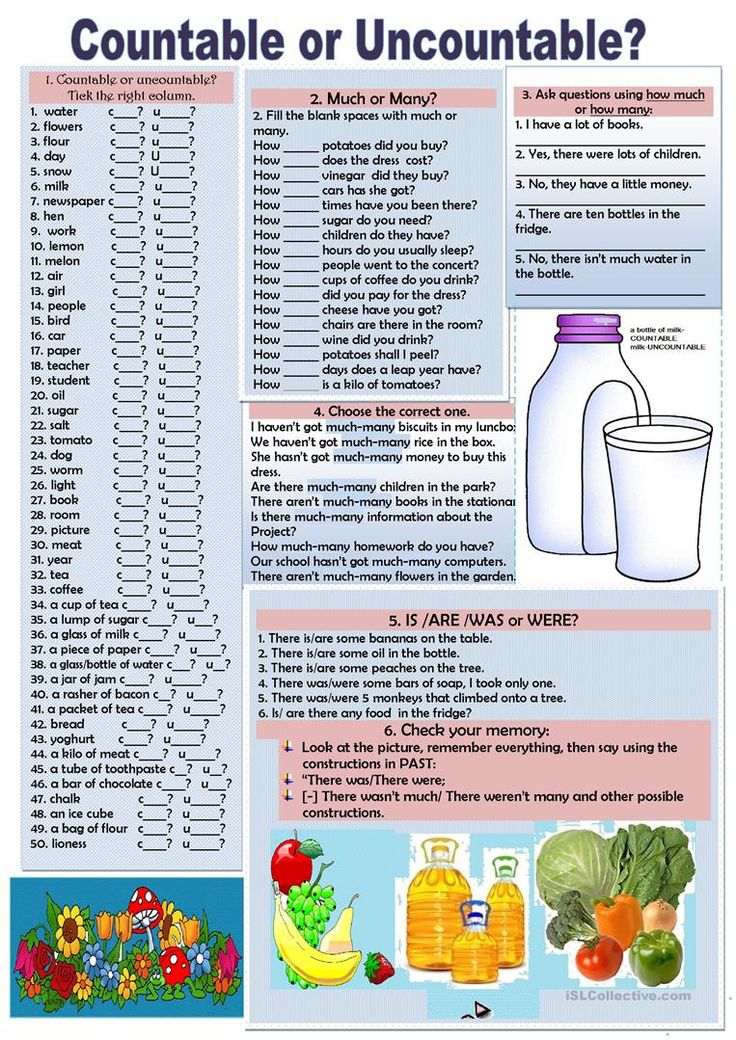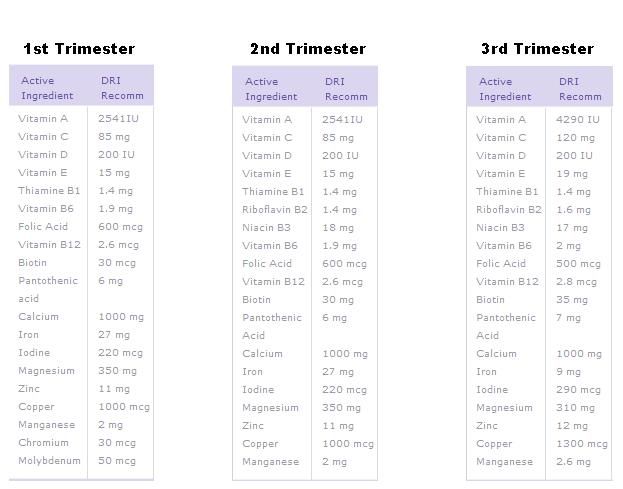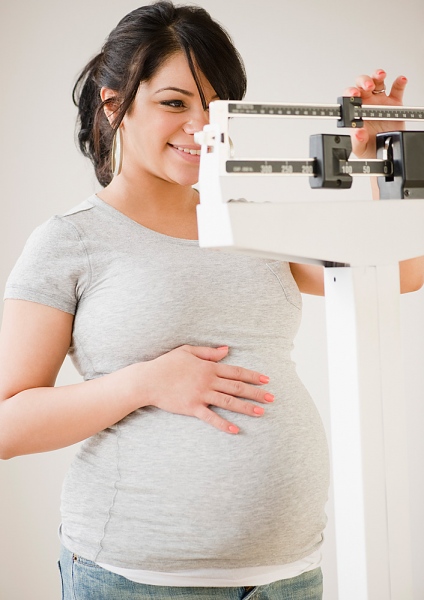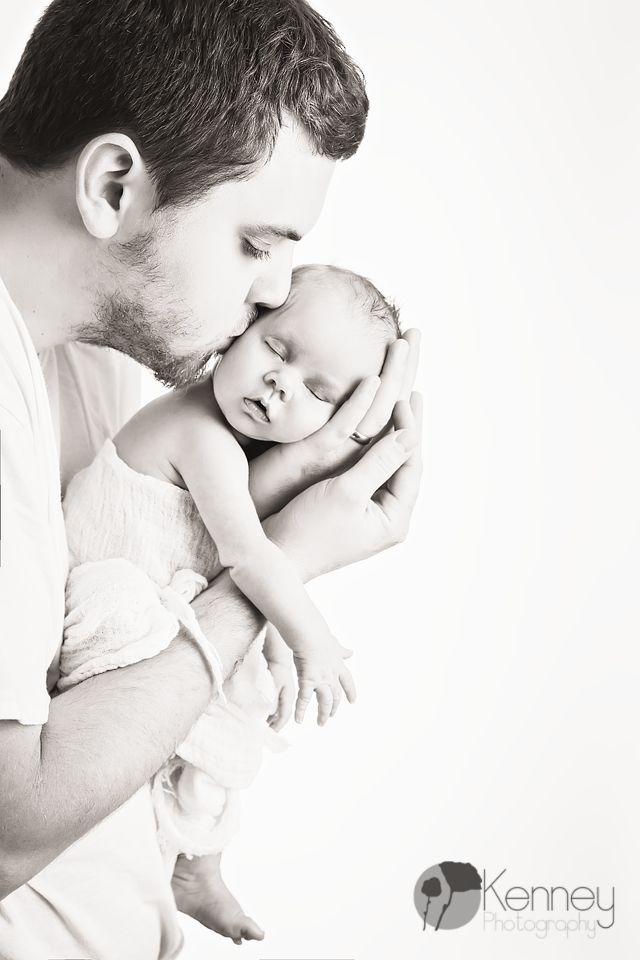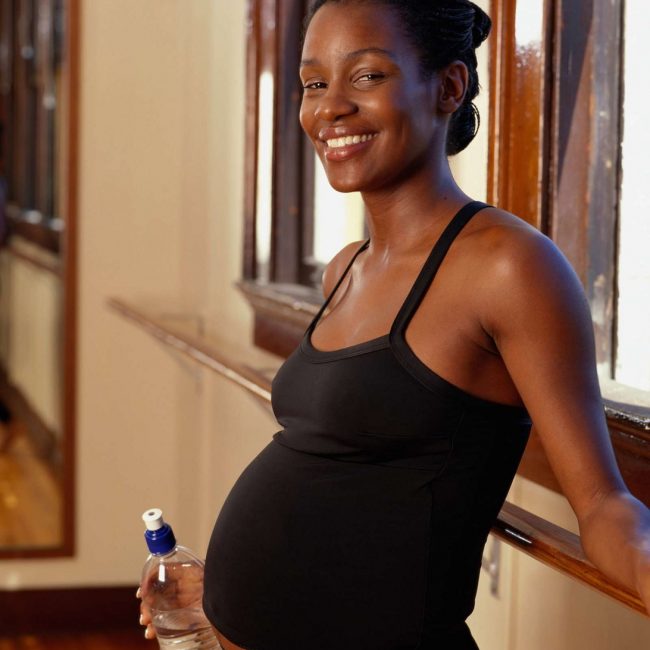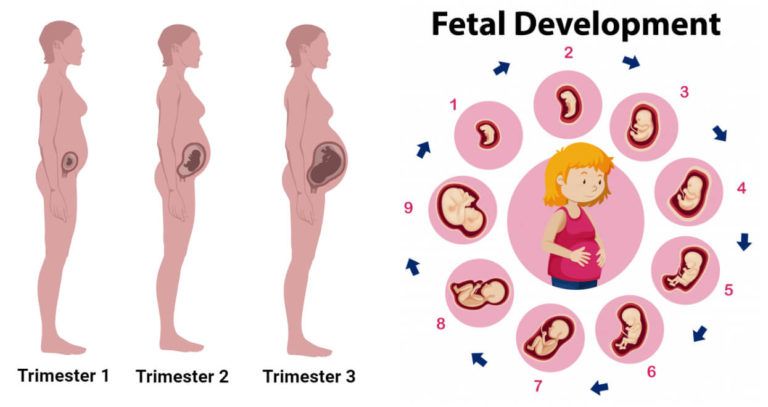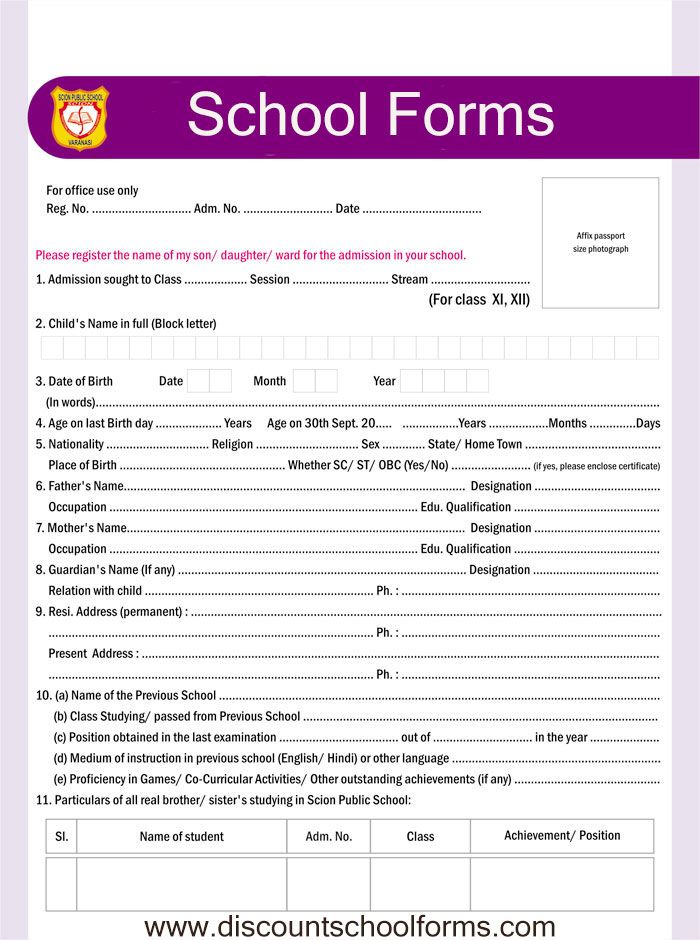Walking with newborn
7 Tips for Walking Outside With Your Baby In a Stroller
Share!
65 shares
- Share
- Tweet
Ready to get up and start walking outside with your baby? Shortly after the birth of your baby, your doctor will likely recommend walking as a first exercise. Walking is perfect, because your pace can be as quick or slow as you wish and you may walk for as long as you feel comfortable. And my favorite: You can exercise when baby is with you! Here are my useful tips on walking outside with your baby with ideas for keeping baby happy.
Mom Rewritten uses affiliate links which means I may earn a small commission if you purchase through the links in these posts. As an Amazon Associate I earn from qualifying purchases. For more information, see the Privacy Policy and Disclosures tab.
I received an Ergobaby 180 Stroller to facilitate this post. All thoughts and opinions are my own. This post was originally published May 8, 2018 and has been updated and republished.
Walking Outside With Your Baby
Getting outside with babies is essential and walking is beneficial to both parents and infants. When you find your baby is inconsolable, taking them outside in the fresh air can immediately calm them down.
There’s just so much to see and talk about with babies on a walk that getting outside really shows them the world! The movement of a stroller can also lull some babies to sleep, making a walk necessary for nap time.
I’m sharing ways you can make walking outside with your baby a daily routine, with stress-free tips.
Ergobaby 180 Stroller on Amazon1. Put All Your Walking Essentials Together
When I’m ready to take my baby for a walk, I don’t want to make a dozen trips back inside the house to get what I need. I created a place in my garage that holds all of my walking essentials in one place.
Think about the things that you use when you go for a walk and place them in one central spot for quick access.
- Walking shoes & socks
- Hat
- Sunscreen (for both you and for the baby, 6+ months)
- Sunglasses
- Music player & ear buds
- A clip-on stroller fan for baby
- Water bottle
- Sweatshirt for you and a baby blanket for your little one (on chilly days)
- Cooling Towel (for hot days – one for you & one for baby!)
- Baby care needs, including diaper/wipes, pacifier and pacifier clip and sipper cup/snacks for toddlers
When walking outside with an older baby, consider purchasing a Dropper Stopper
that will tether toys, pacifiers, snack cups and sippers/bottles. When you’re trying to keep up your pace, having to stop constantly for dropped items is frustrating!
A Toy Tether
will keep items attached to the stroller so that baby can pull them back in and nothing gets lost.
2. Where to Walk With Baby?
If you live in a neighborhood or city, hitting the sidewalk right outside your front door is great. On particularly hot days, I’ve taken my baby and stroller to the indoor mall for window shopping while walking.
On particularly hot days, I’ve taken my baby and stroller to the indoor mall for window shopping while walking.
I personally love to walk in the park. Local parks often have looping walking paths that are perfect for walking with your baby. Grab your walking essentials, load the stroller into the car and head out to the park!
My very cool travel companion.After living in the suburbs, we moved to a more rural house in the country. The upside was that traffic noise was non-existent. The downside? No sidewalks.
Definitely not the most ideal location to walk in our neighborhood, when we are walking in the road. Ensure that vehicles can see you and the stroller when walking outside with your baby.
- Consider purchasing a stroller in a colored version rather than dark gray or black.
- Dress yourself in a bright color or wear a vest with reflective elements.
- Outfit your stroller with these easy to apply reflective stickers to attract attention when walking along the side of the road.
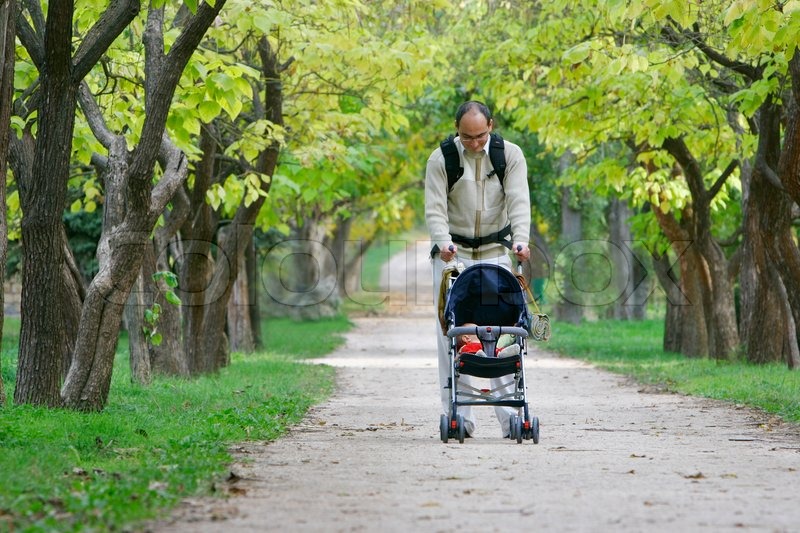
3. Best Time of Day to Walk With Baby
In the warmer summer months, early morning hours are ideal for walking with your baby. However with toddlers, a daily walk may be intended to kick-start nap time! Choose a stroller that has an over sized sun canopy to protect children from too much sun exposure.
When my daughter was a toddler I usually started my walk until around 11 am. That meant it could be warm outside and I needed to take the proper precautions to prevent overheating. I’d make sure that my daughter had her sipper cup filled with water and that I’d applied sunscreen to her legs.
Also, look for a stroller with adequate ventilation. Watch for fabrics that keep air circulating and prevent your baby from overheating when they nap on your walk.
4. Benefits of Taking Baby for a Walk
Fresh air, exercise and stimulation! I find that a daily walk helps me to work out my thoughts and improves my sleep at night.
Usually my goal is getting my baby to fall asleep so a long walk benefits us both.
Walking gets me moving, especially in those early months with a newborn, when you feel like you’re sitting and nursing all day! Walking is one of the best at home workout routines you can have, especially post-partum.
Is Baby is overstimulated by the view or if you simply want to keep an eye on her while you walk? Look for a stroller that offers a handlebar with an easy flip option. That way you can turn it to face either way.
Taking babies for a walk can help ease them into nap time. Choose a stroller with lay-flat recline so that kids can sleep while you walk.
Sometimes I’ll walk to the store and pick up a few essentials. Purchase a travel unit with a large under-stroller basket.
5. Tips for Taking Toddlers for a Walk
Walking is one of the best things to do with a toddler, especially when they start getting restless. But if you know toddlers, they’ll want to walk and not ride in a stroller!
Most toddlers want to express their independence by walking ahead and not holding hands.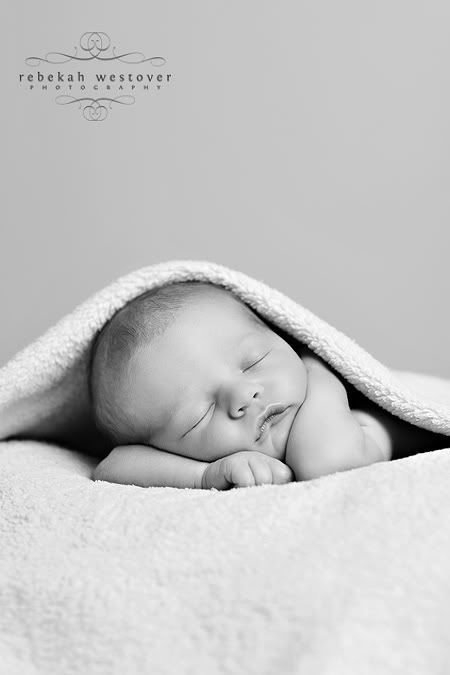
I’ve found that having a Skip Hop backpack with a tether are invaluable when walking outside with your older baby. My daughter is wearing the butterfly version in the photo but there are many animal versions to choose from.
Toddlers can stay close while still on their feet, which they love! Walking babies can explore within your reach, as you can loop the harness tether around your wrist.
Store a few essentials like a bottle of water or a beloved toy inside. I never travel without our harness backpack!
If you’re looking for more things to do with toddlers, check out this list of 25 things to do with little ones at home.
6. Safety Concerns
- Don’t walk where you don’t feel comfortable. Choose walking areas away from vehicle traffic and that are well-lit.
- Use the brakes on the stroller every time, even if you stop on flat ground. You never know if baby’s movements will cause the stroller to roll.
- Consider walking in a group with other people.
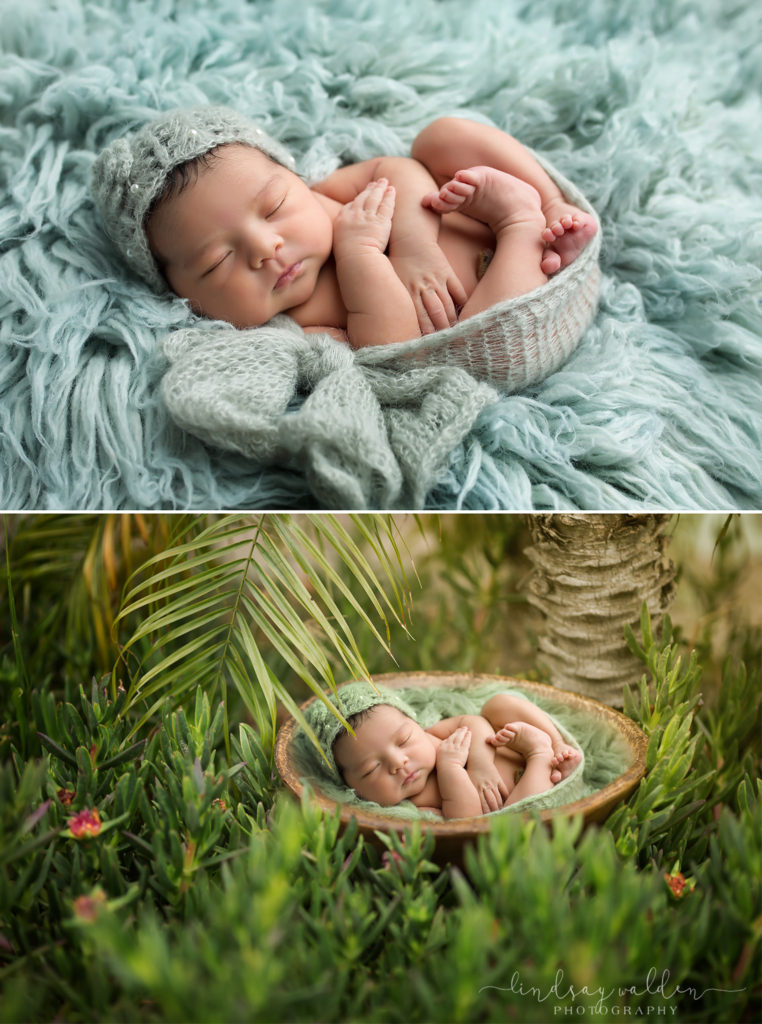
- Don’t put your wallet or phone where it can get grabbed. The Ergobaby has a hidden storage pocket behind the seat where I place my valuables and then zip it closed.
7. Choosing the Right Stroller for Your Baby
As soon as your doctor gives the okay, it’s usually fine to take your healthy newborn outside for a walk. At first you may choose to place your baby inside of the front carrier. But eventually you’ll probably want to graduate to a stroller.
A stroller for an infant is very different than what you’d use for an older child. Fortunately many strollers are made to adjust for growing kids. Make an investment in a high quality stroller from the start. Take care of it and you’ll have it for many years!
These are a few suggestions for best strollers for babies.
Ergobaby Metro+ Compact Baby Stroller
My family is already a fan of the Ergobaby line. I have the Ergobaby Omni 360 baby carrier. I’ve called it my “must-have travel item for babies“! It’s come in so handy on vacation.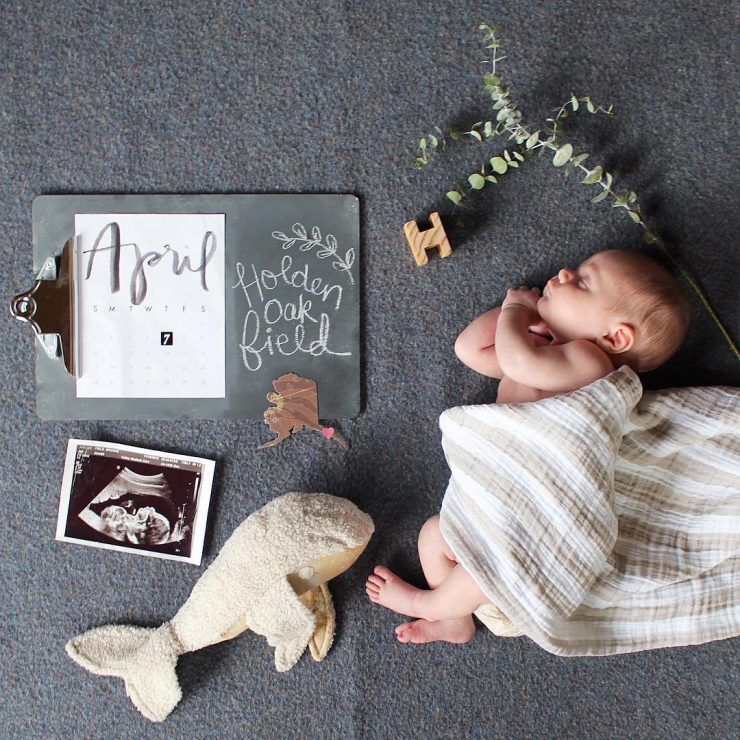 But I also use it every day when I need to hold my toddler but also remain hands-free.
But I also use it every day when I need to hold my toddler but also remain hands-free.
The Ergobaby Metro+ Compact Baby Stroller
has so many great features, including a handlebar that quickly adjusts for height. I like the full-flat recline so my daughter can comfortably nap on our walk.
It’s a very simple-to-use stroller, with one-hand folding and easy-tap foot brakes. Having a stroller that’s equally easy to maneuver and also comfortable for your baby is ideal.
The Ergobaby Metro+ Compact Baby stroller is perfect for airplane travel. The stroller easily folds down to fit into most overhead airplane bins.
Maxi-Cosi Zelia² Max 5-in-1 Modular Travel System
If you’re looking for a complete set that includes a car seat and stroller, the Maxi-Cosi Zelia² Max Travel System is one of the best. New babies should not sleep for extended times in their car seats.
The carriage mode with this stroller is ideal for newborns, who can lay flat comfortably while you walk. As baby ages and wants to sit up, the stroller converts easily to a variety of positions.
As baby ages and wants to sit up, the stroller converts easily to a variety of positions.
Adjustable for forward or rear facing handles, so baby can face you or face the world. Storage is a cinch too, as the stroller unit is self standing when folded.
The included car seat will fit your child up to 30 lbs, while the stroller accommodates kids up to 50 lbs. This is a high-quality stroller you could potentially use for your child from birth to approximately 5 years old!
Maxi-Cosi Zelia² Max Travel System on AmazonBaby Jogger City Mini GT2 All-Terrain Stroller
There’s a reason that the Baby Jogger City Mini GT2 All-Terrain Stroller is the style most theme park rental companies use. It’s a high-quality stroller that will last for years. Ideal for trails, the all-terrain rubber tires will never go flat.
The Baby Jogger City Mini stroller offers all-wheel suspension for a smooth ride, even when parents are jogging.
My 13 month old daughter with a rented City Mini Stroller at Walt Disney WorldThe seat recline will adjust to lay nearly flat.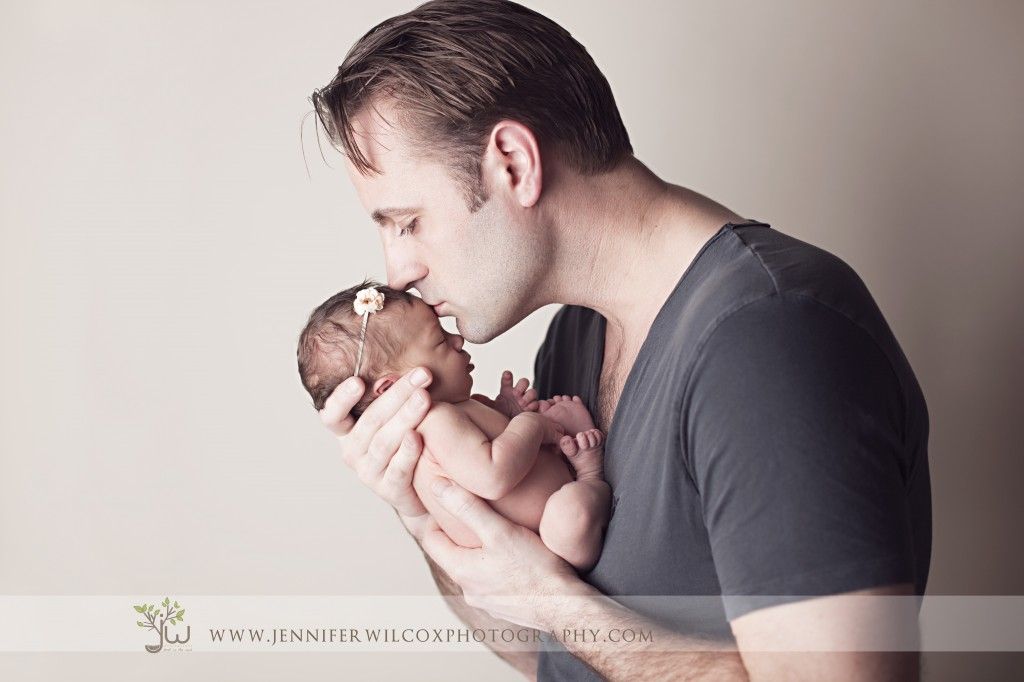 Purchase a separate car seat adapter to fit many models right into the stroller. Stroller collapses and locks with a single hand tug on the strap.
Purchase a separate car seat adapter to fit many models right into the stroller. Stroller collapses and locks with a single hand tug on the strap.
Will fit children up to 65 lbs, making this another stroller choice that will get you through the years!
Baby Jogger City Mini GT2 All-Terrain Stroller on AmazonSummer 3Dlite+ Convenience Stroller
For a baby aged 6 months and up, having a lightweight and convenient umbrella stroller can be handy for quick walks. The Summer 3Dlite+ Convenience Stroller has been a fantastic lower-priced but still high quality option.
Confession: We owned the Ergobaby and gave it to a family member because we thought my daughter was done with strollers. Then we took a vacation and realized that all the walking was exhausting and she needed a place to nap mid-day.
We purchased the Summer 3Dlite+ Convenience Stroller and it’s been perfect. Usually I don’t care for umbrella type strollers because they don’t move well or the wheels get hung up. This stroller rolls and maneuvers beautifully, even with my older daughter onboard.
This stroller rolls and maneuvers beautifully, even with my older daughter onboard.
The stroller only weighs 14 lbs and has a compact fold so it’s easy for me to place into the trunk of my car for walking away from home. The deep recline allows my kid to lay down and sleep. There’s a large canopy to protect her from the sun.
Summer 3Dlite+ Convenience Stroller fits children up to 50 lbs. My daughter is 38 lbs and over 5 years old and can still fit into the stroller nicely (though she is getting a bit tall for it!)
Summer 3Dlite+ Convenience Stroller at AmazonHave fun exploring the world with your baby!
Taking Baby for a walk | From Tiny Tot to Toddler
Babies need fresh air and light, and they need to get out. A healthy baby can go outside every day, even in winter, as long as the temperature is not too cold (down to about –12°C) and it’s not too windy. She’ll be stimulated and distracted, and get plenty of oxygen.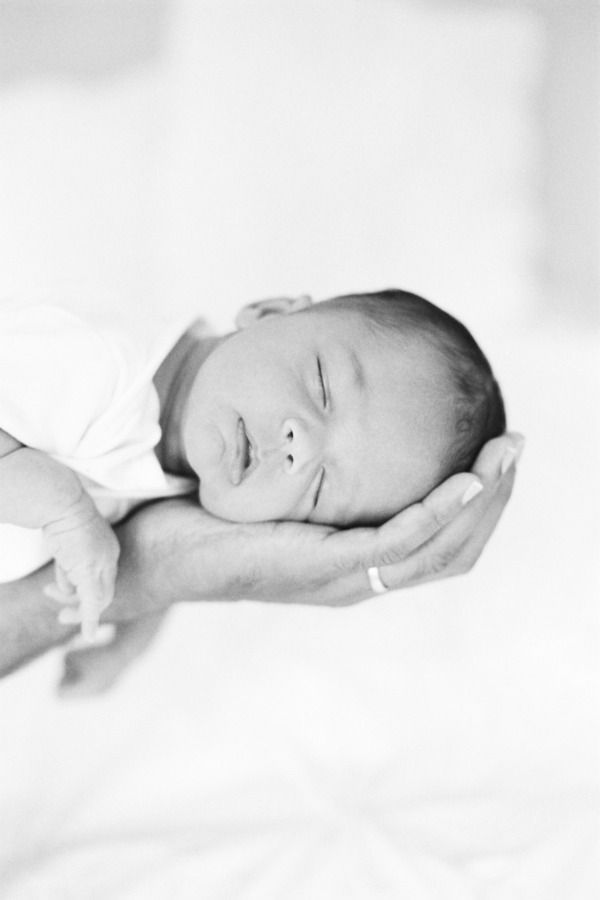
Your baby can’t tell you if she’s cold, so it’s very important to keep her extremities—head, hands, and feet, which get cold first—well covered.
The first outings should be relatively short: about 20 to 30 minutes. They can gradually get longer, provided your baby is comfortable. Since infants often experience discomfort when exposed to the wind, be sure to use the carriage or stroller hood for protection. When the temperature drops below freezing, do not stay outside too long as your baby runs the risk of frostbite, especially if she is not moving around.
Babies don’t like hot summer weather and must be kept out of the sun (see Protecting your baby from the sun). If it’s very hot out (25°C or more), dress her in only a short, lightweight garment and diaper. Your baby can sleep in her room with the window open. If the temperature is milder, around 21°C for example, she may enjoy sleeping outside in the carriage with a mosquito net, out of the wind and sun. The carriage needs to be long enough for the baby to stretch out.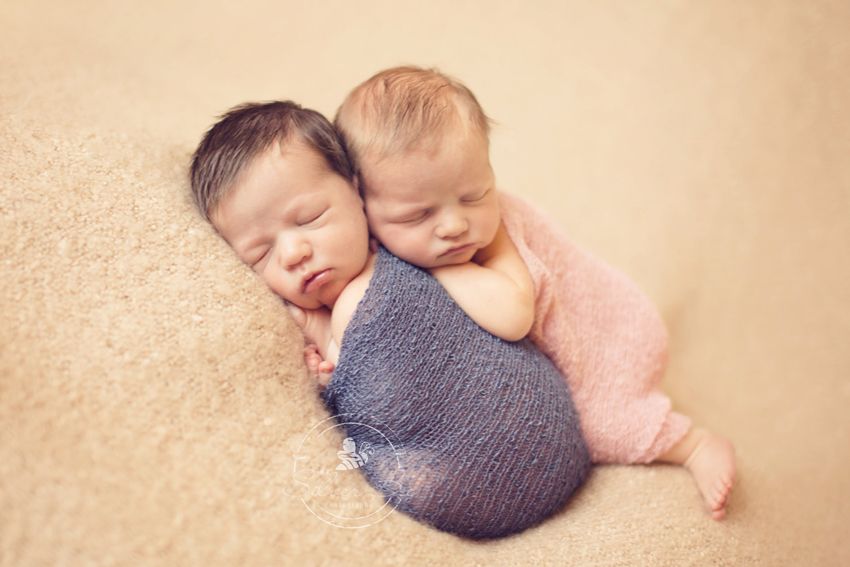 Babies must always be buckled in and kept under a watchful eye.
Babies must always be buckled in and kept under a watchful eye.
Baby carriers
Front carriers are fun for babies and practical for parents.
Photo: Pquan Nguyen
Babies like to be snuggled up next to their father or mother, even when taking a walk. Baby carriers (front pouches, backpacks, or slings) are convenient, and your body heat and walking motion may well help rock your little one to sleep. However, certain precautions must be taken to avoid injury:
- Read the manufacturer’s instructions to ensure the baby carrier is right for your size and for your baby’s age and weight.
- Check that seams, straps, and fasteners are secure.
- Adjust the straps to keep her head upright and her shoulders and back straight.
- Make sure that her breathing is not constricted by clothing, a blanket, or the carrier’s fasteners. Also make sure her chin is not resting against her chest and her face is not flat against you.
- Dress your baby properly for winter, but make sure her clothes are not so tight that they cut off circulation.
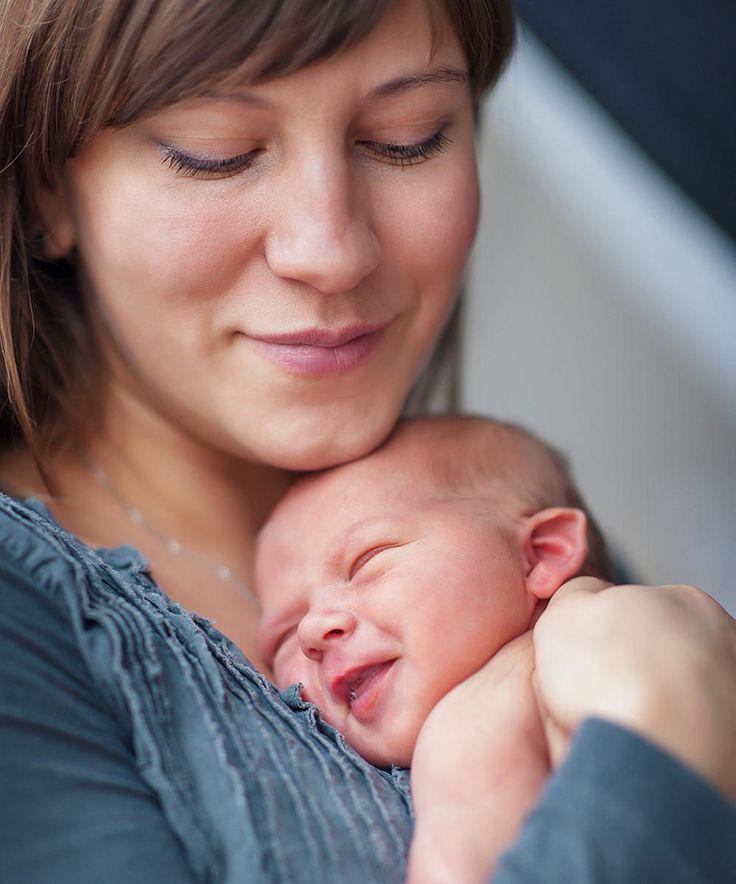
- Hold your baby when you bend over.
- Take extra care when going up and down stairs.
- Don’t use a baby carrier during activities where you could fall, for example, biking or walking on an icy sidewalk.
- Do not use a baby carrier when cooking, to avoid potential burns.
- Do not lie down or nap with your child while your infant is in the baby carrier.
On your bicycle
Your child should always wear a helmet, whether she is riding in a bike seat or a trailer.
Photo: Cindy Eng
Your baby is ready to ride in a bike seat or trailer once she is
- At least one year old
- Able to sit up on her own while wearing a bike helmet
By this age her neck muscles are strong enough to support her head and the bike helmet in the event of an accident, and her head is big enough so that the helmet will fit her properly.
Make sure your child is seated properly in the bike seat or trailer with the straps adjusted correctly.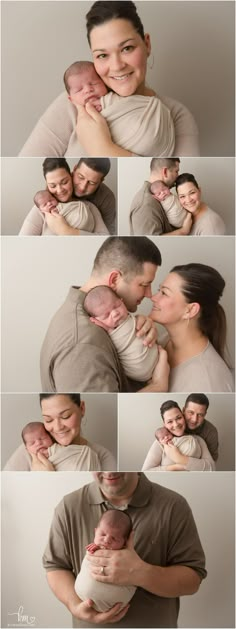 She should be sitting upright, with her shoulders and head well supported. The bike seat should be equipped with a headrest and leg protectors for maximum safety.
She should be sitting upright, with her shoulders and head well supported. The bike seat should be equipped with a headrest and leg protectors for maximum safety.
Check the seat’s maximum weight capacity and make sure it is compatible with your bike. If you use a bike trailer, install the safety flag on the back to make it more visible. Be sure to read the recommended safety precautions in the user guide that comes with the bike seat or trailer.
Never leave your child in the seat when you’re not on the bicycle as it could tip over and injure her.
With the extra weight behind you it takes longer for the bike to stop when you brake, so take it easy the first few times out until you get used to the feeling.
In the stroller or carriage
There are many styles of strollers and baby carriages to choose from. Models that convert from carriage to bed to stroller are practical year-round. Those with reclinable seats are an excellent way to get around. Umbrella strollers are handy but light, and can tip over.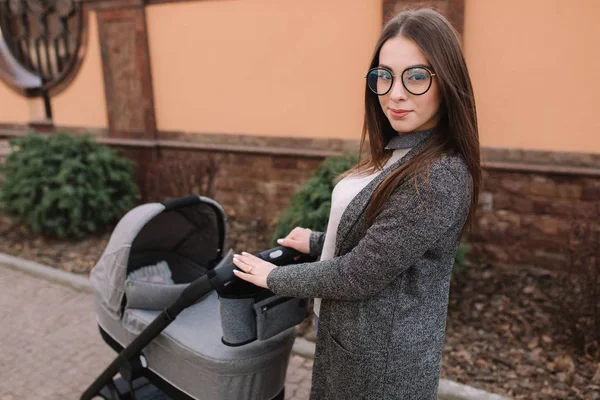
Always buckle up the safety harness and keep a close eye on your baby. While it’s convenient to hang a few shopping bags from the stroller or carriage handles, be careful not to overload it, which can cause it to tip over.
When can you walk with a newborn and what time is it
PreviousNext
- When can you walk with a newborn if he was born in the summer?
- When to start walking with a newborn if he was born in winter?
- When can I go for the first walk with a newborn if he was born in spring or autumn?
- How long can you walk with a newborn?
- What are the dangers of walking with newborns?
- How to dress a baby for a walk?
- How to make sure that the baby is comfortable on a walk?
Contents:
Many mothers imagine how they will walk with their baby even during pregnancy.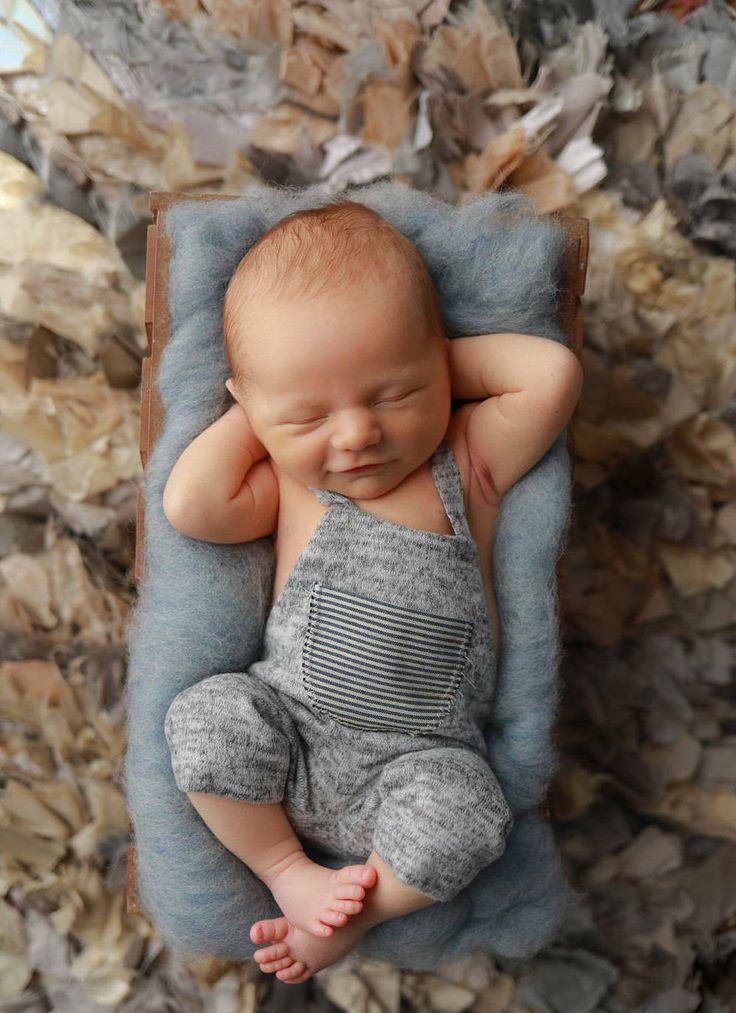 And they have everything ready for this: a stroller is waiting, a lot of tiny clothes have been bought for all occasions, routes have been chosen. It remains only to understand when you can go for the first walk with a newborn and how long it should be. The answers to these questions depend on the season and some other factors.
And they have everything ready for this: a stroller is waiting, a lot of tiny clothes have been bought for all occasions, routes have been chosen. It remains only to understand when you can go for the first walk with a newborn and how long it should be. The answers to these questions depend on the season and some other factors.
At first glance, this question seems strange and illogical. "What do you mean why? It's useful!" many will exclaim. But what exactly is the benefit of going outside with a tiny child? Let's deal with this, and it will become easier for us to decide on the main thing - when to go for the first walk with a newborn.
4 in 1: soft, absorbent, breathable, hypoallergenic! All these are new smart diapers Huggies Elite Soft
Is it true that on a walk the baby gets new impressions and broadens his horizons? Yes, but not in the first month of life, when the child understands little, sees poorly and sleeps almost all the time.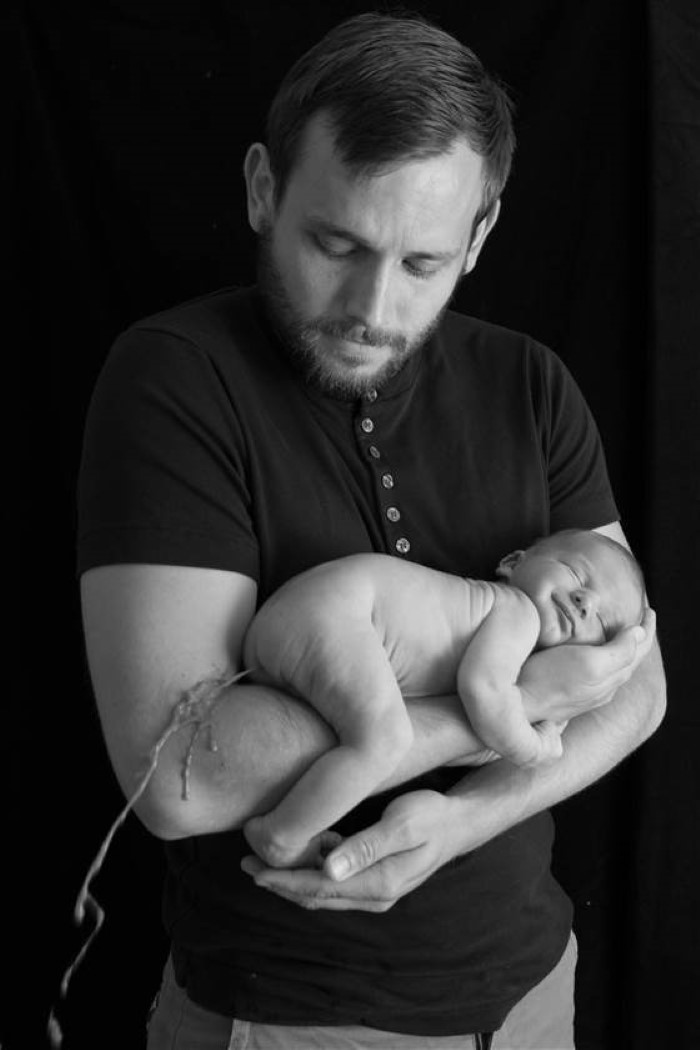 Maybe the street hardens the body of the crumbs? Also not: the thermoregulation of the newborn is imperfect 1 , and he does not know how to adequately respond to the challenges of the external environment. It turns out that walking with newborns has only one benefit - to breathe fresh air. But can't you ensure fresh air in the apartment by regularly airing the children's room?
Maybe the street hardens the body of the crumbs? Also not: the thermoregulation of the newborn is imperfect 1 , and he does not know how to adequately respond to the challenges of the external environment. It turns out that walking with newborns has only one benefit - to breathe fresh air. But can't you ensure fresh air in the apartment by regularly airing the children's room?
What temperature for a baby to maintain at home - read here.
Walking in the first month after the hospital does not give the baby any advantages for physical and mental development. Perhaps, the mother, who is tired of sitting within four walls, is more interested in them, she wants to get a little distracted from the domestic routine. So the question is not at what age the baby needs to walk, but when his mother will finally be able to go outside without worrying about the child's health.
If you don't want to go for a walk in the first month, you don't have to.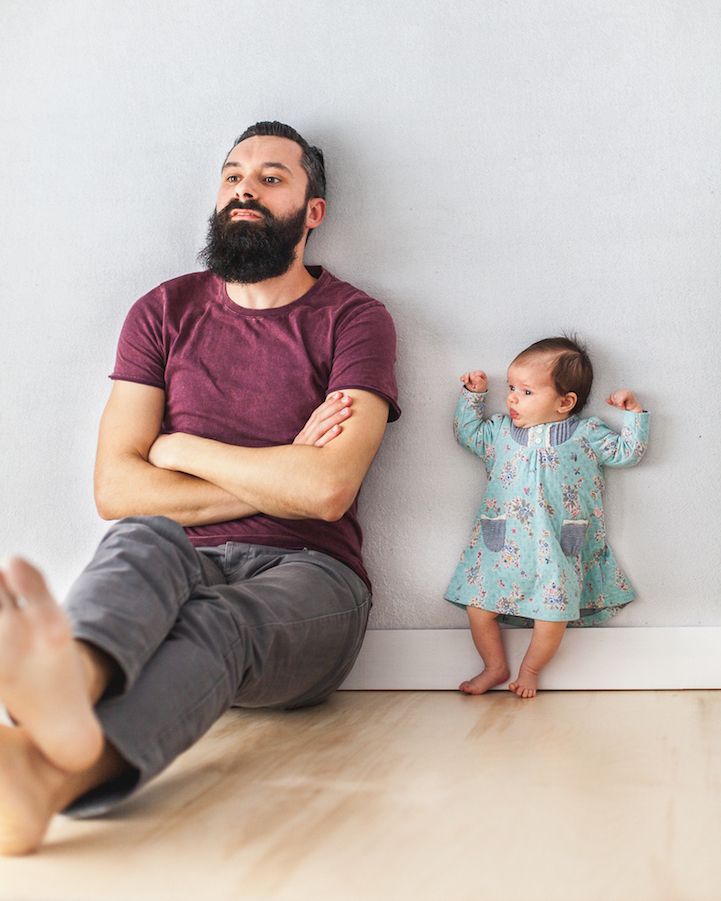 But if you can't wait to arrange a debut "going out" for your baby, we will give you some recommendations.
But if you can't wait to arrange a debut "going out" for your baby, we will give you some recommendations.
When can you walk with a newborn if he was born in the summer?
Summer is the most favorable time for walking. It's warm and sunny outside, so I really want to introduce the baby to the world. When, finally, can a newborn walk after the maternity hospital, if the weather is wonderful outside? Take your time, wait at least 7 days before the first exit to the street.
In the meantime, settle down at home and set up a schedule. How to create home comfort for the baby, we tell here.
Good to know
Drive away annoying flies and mosquitoes from the body and especially from the open face of the baby. If insects are very annoying, use a mosquito net. Some strollers already have it in the kit, for others you can buy it separately.
Remember that the bright summer sun, which pleases the baby's parents so much, can be dangerous for him 2 .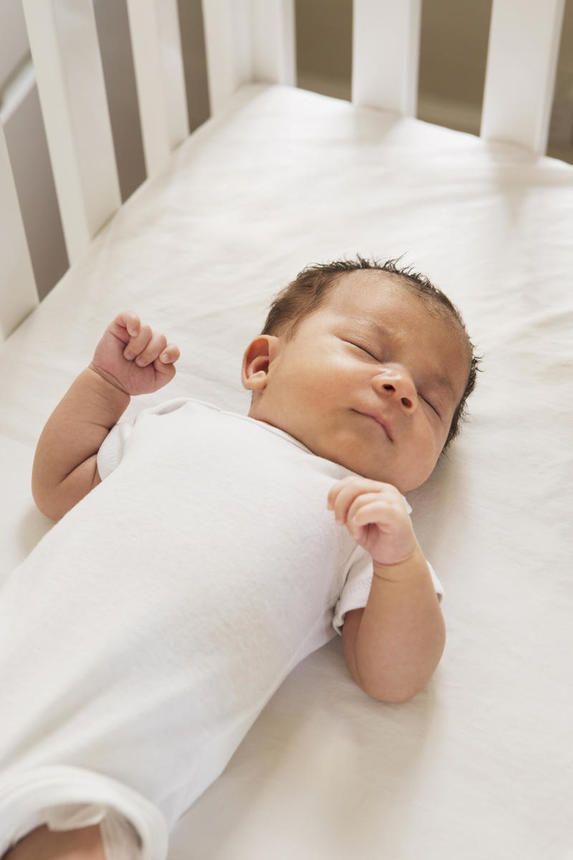 Do not go out for a walk during the day when the air is very hot and the walls of the stroller instantly become hot. Go for the first walk with your newborn in the morning or in the evening when it's not so hot outside. And for now, make sure that direct sunlight does not fall on the skin of the crumbs.
Do not go out for a walk during the day when the air is very hot and the walls of the stroller instantly become hot. Go for the first walk with your newborn in the morning or in the evening when it's not so hot outside. And for now, make sure that direct sunlight does not fall on the skin of the crumbs.
When to start walking with a newborn if he was born in winter?
The answer to the question on what day they walk with a newborn in winter depends heavily on the weather. Firstly, you should not go outside if the thermometer drops below -10 °C. It is desirable to take into account both humidity and wind, i.e. pay attention not only to the actual temperature, but also to the “feels like” item in the weather forecast. Secondly, do not go for a walk if there is heavy snow on the street, especially with a stroller: rolling it along uncleaned paths is still a pleasure. Thirdly, wait out the ice at home: you should not tempt fate when there is a risk of falling yourself and dropping the child.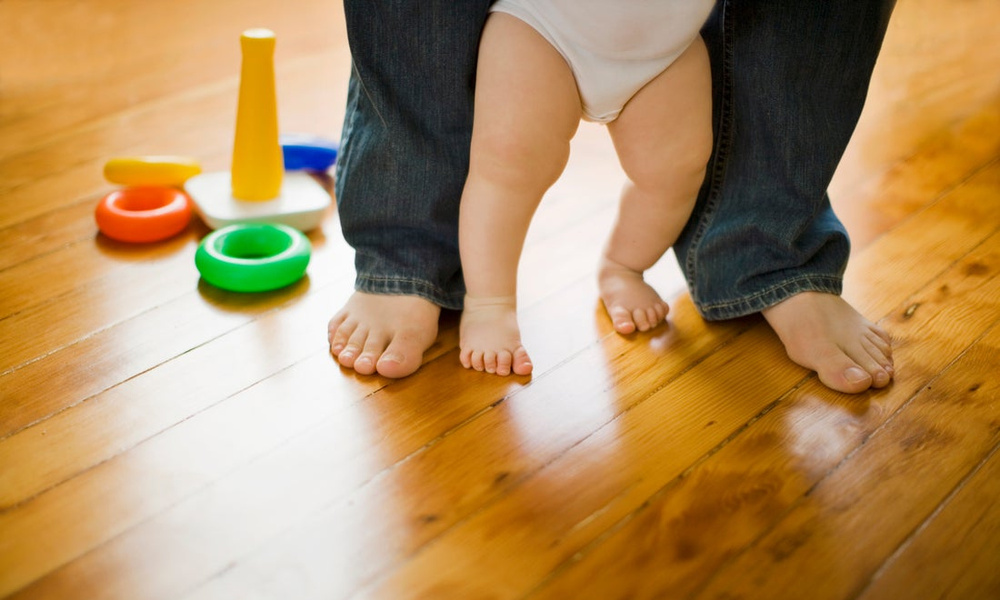
Good to know
Often, on winter walks, mothers cover their babies' faces with a scarf. This is the wrong decision: the moisture in the exhalations of the crumbs condenses on the tissue, which makes it cold and wet, and the skin can freeze faster. Do not worry, the respiratory system of the baby is able to cope with frosty air.
If the weather is favorable to you, you can go outside with your baby a couple of weeks after arriving from the hospital. But if it goes bad in the next days, stay at home. Walking with newborns is not a training course that cannot be interrupted.
When can I go for the first walk with a newborn if he was born in spring or autumn?
The weather in the off-season is deceptive, and this is its main danger: when you left the entrance, it was warm and sunny, until you reached the park - the sky was overcast, and the wind picked up. Walking with newborns at this time requires special preparation. Dress your child so that you can quickly remove one layer of clothing if it gets warmer. Take a blanket with you in case it suddenly gets cold. The first exit to the street can be planned in a week and a half after the birth of the baby.
Dress your child so that you can quickly remove one layer of clothing if it gets warmer. Take a blanket with you in case it suddenly gets cold. The first exit to the street can be planned in a week and a half after the birth of the baby.
Good to know
There are special rain covers for prams, and this is a very useful invention for walking in the off-season. But remember: a raincoat is just an emergency measure against unexpected bad weather, which will allow you to run to the entrance. you can’t walk for a long time under a raincoat - it creates the effect of a greenhouse in the stroller, increasing the temperature, humidity and limiting the flow of fresh air.
Evaluate the weather soberly! don't go for a walk if it's nasty autumn rain outside. Stay at home if spring streams are flowing along your favorite walking paths. Remember that you need to take care not only about the well-being of the baby, but also about the health of his mother.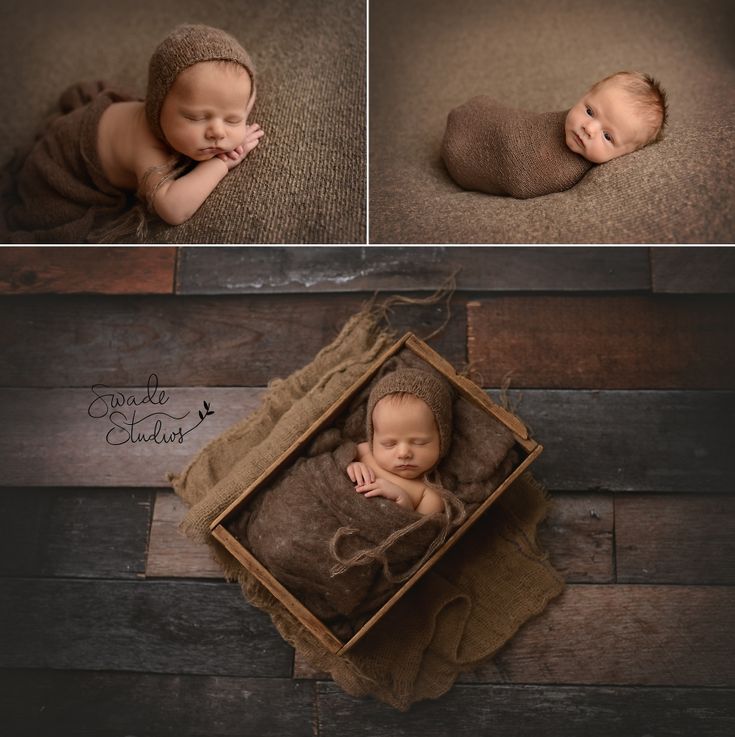 If you miss a few exits to the street, nothing bad will happen. But if you go for a walk against all the elements, and then get sick, many things can be at risk, in particular breastfeeding.
If you miss a few exits to the street, nothing bad will happen. But if you go for a walk against all the elements, and then get sick, many things can be at risk, in particular breastfeeding.
How long can you walk with a newborn?
You should not immediately go outside for a long time. The first walk with a newborn should last no more than 15 minutes in summer or in good weather in spring and autumn. In winter, it is better to start with 5 minutes. Gradually increase your walking time by 10-15 minutes.
Good to know
At first, your exits to the street will be very short. You can spend more time rolling out and preparing the stroller, putting the baby in it, and then putting it back "into the parking lot" than on the walk itself. To solve this problem, temporarily abandon the stroller and take the baby outside in a sling.
Do not listen to advice that there is a minimum duration of walks that must be observed. Walk as much as you feel comfortable! some mothers go out with the baby for only an hour, others make a couple of exercises a day for a total duration of three hours or more. Choose a mode that is comfortable for you and your child.
Walk as much as you feel comfortable! some mothers go out with the baby for only an hour, others make a couple of exercises a day for a total duration of three hours or more. Choose a mode that is comfortable for you and your child.
In bad weather, walks with newborns can be transferred from the street to the balcony. For the first few “walks”, do not leave the baby, later you can start leaving him alone on the balcony under the supervision of a baby monitor. When the child learns to roll over, walks on the balcony should be stopped - he may fall out of the stroller.
What are the dangers of walking with newborns?
Thinking about the benefits of walking, many mothers forget that they carry a number of dangers:
-
Subcooling or overheating. Due to the wrong choice of clothes, a sudden change in weather and other factors, the baby may freeze or overheat. Be sure to check how your baby is feeling every 10 minutes.
-
Sleep disturbance.
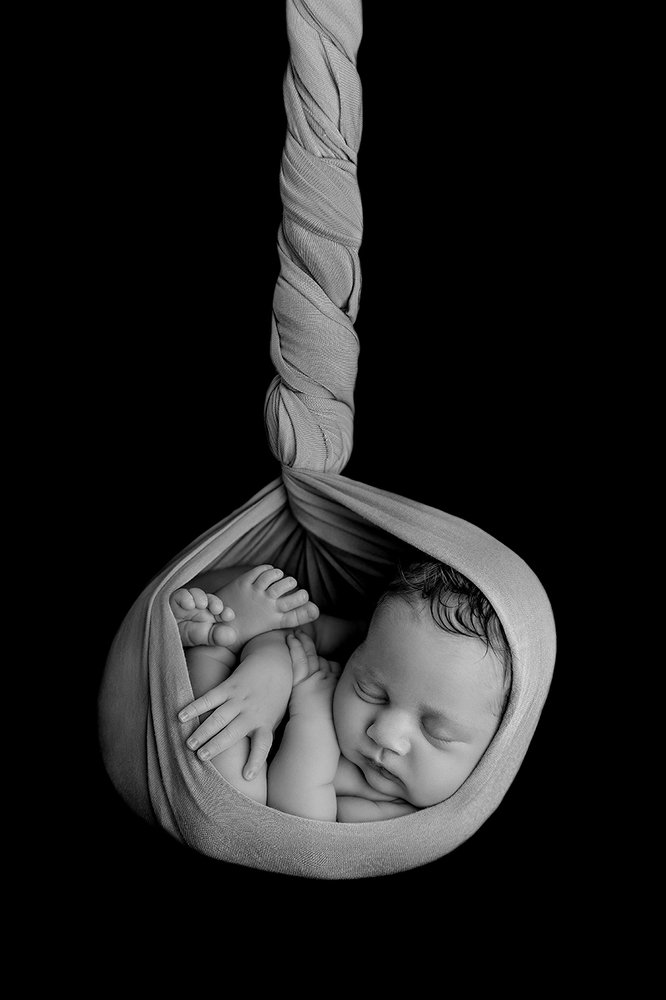 During walks, children often sleep. Quite crumbs fall into "anabiosis" due to unusual temperature and increased oxygen concentration, but later the baby may develop a conditioned reflex: sleep requires a street and a slight swaying. This situation is potentially dangerous in that it will be difficult for the child to be put to bed at home, and he will begin to give you sleepless nights. Make sure this doesn't happen. When walking with a grown-up little one, communicate with him more, and strictly observe the sleep schedule at home.
During walks, children often sleep. Quite crumbs fall into "anabiosis" due to unusual temperature and increased oxygen concentration, but later the baby may develop a conditioned reflex: sleep requires a street and a slight swaying. This situation is potentially dangerous in that it will be difficult for the child to be put to bed at home, and he will begin to give you sleepless nights. Make sure this doesn't happen. When walking with a grown-up little one, communicate with him more, and strictly observe the sleep schedule at home. -
Difficulties with feeding. Newborns often want to eat, and doing it outside can be problematic, especially in winter. Plan walks between feedings, and if you fed the baby right before going out, do not forget to give him the opportunity to burp.
-
Difficulty changing a diaper. Changing a diaper on the street today is not a problem. Just tear the side seam, remove and close the used diaper, wipe baby's skin with wet huggies, then put on a new diaper.
 But this scheme only works in good weather in summer. You can't change your baby's clothes when it's cold outside!
But this scheme only works in good weather in summer. You can't change your baby's clothes when it's cold outside!
If during a walk you see that the child is naughty, crying, feels bad, do not torture the baby and return home. Even if they didn’t walk until the allotted time.
How to dress a baby for a walk?
For the previous nine months, the baby lived in a warm and, most importantly, constant climate. He had nowhere to practice thermoregulation, and now it is difficult to cope with temperature changes from room to street. So you have to help him with this. When going for a walk with a newborn, follow the following rules:
-
Dress your baby in layers, and it is always better to choose two thin ones instead of one thick one. If the child overheats, simply remove the outermost clothing. And in case the baby gets cold, take a blanket with you - it will become a spare layer.
-
Don't wrap your baby too much.
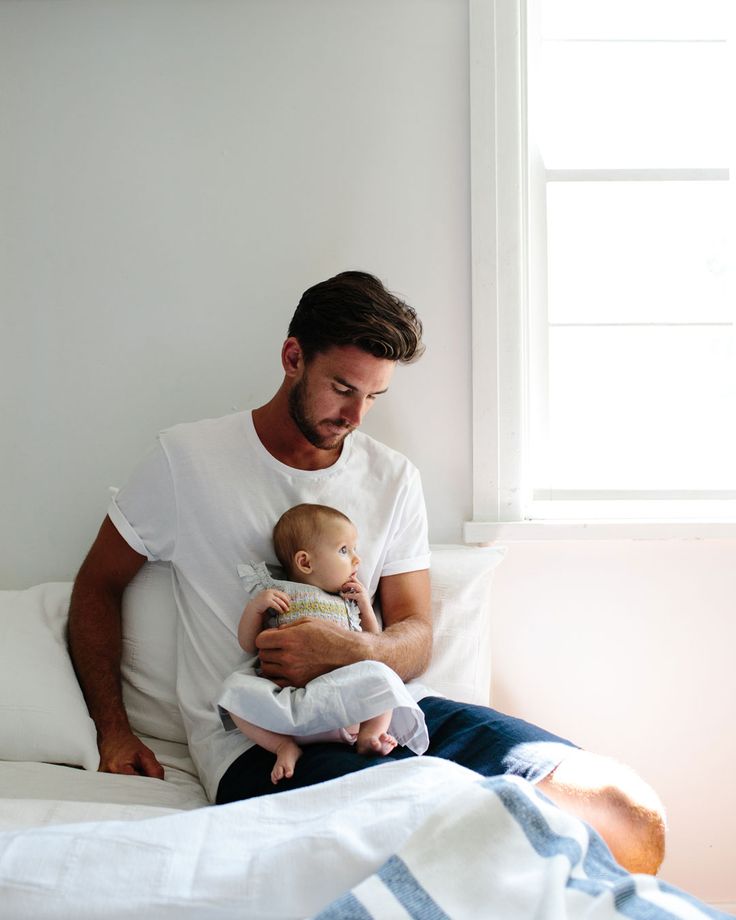 To ensure the necessary comfort on a walk, follow a simple formula: the child should have one layer more clothes than his mother. Do not forget that the envelope and the stroller cover also count.
To ensure the necessary comfort on a walk, follow a simple formula: the child should have one layer more clothes than his mother. Do not forget that the envelope and the stroller cover also count. -
Going for a walk with a newborn, some mothers carefully dress the baby, and then begin to pack themselves. Do not do this: when the baby lies in street clothes in a warm apartment, he quickly overheats.
How do you make sure your baby is comfortable on a walk?
Many mothers and, it seems to us, all grandmothers without exception are very afraid that the baby will freeze. At the same time, they usually do not have the fear that the baby will be hot. But in vain: overheating is more dangerous for the child's body than hypothermia.
On the first and subsequent walks with the newborn, periodically check how he feels. It is completely pointless to touch the nose or forehead of the crumbs - the temperature of open areas of the body is highly dependent on weather conditions. There is a more reliable way: put your hand under the baby’s clothes (if it’s cold outside, warm your hand first) and touch the back of his neck:
There is a more reliable way: put your hand under the baby’s clothes (if it’s cold outside, warm your hand first) and touch the back of his neck:
-
Cabbage Rule
Dress your baby in layers, and it is always better to choose two thin ones instead of one thick one. If the child overheats, simply remove the outermost clothing. And in case the baby gets cold, take a blanket with you - it will become a spare layer.
-
+1 layer rule
Don't wrap your baby too much. To ensure the necessary comfort on a walk, follow a simple formula: the child should have one layer more clothes than his mother. Do not forget that the envelope and the stroller cover also count.
-
"Mom gets dressed first" rule
Going for a walk with a newborn, some mothers carefully dress the baby, and then begin to pack themselves. Do not do this: when the baby lies in street clothes in a warm apartment, he quickly overheats.
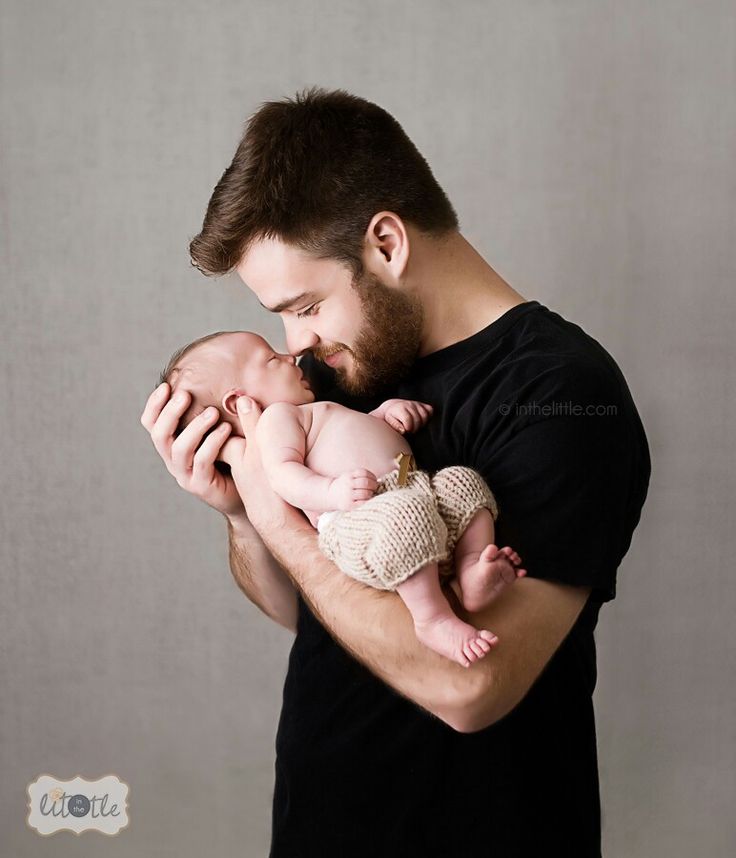
Sources:
-
Warmth and Temperature Regulation.
-
Sun Safe Babies.
Follow us on Yandex Zen
Let's go for a walk! - articles from the specialists of the clinic "Mother and Child"
WHY SHOULD YOU WALK?
Purely theoretically, all parents understand that walking is fresh air and health, but let's look at what gives us the exit from a warm apartment or house. By and large, any walk is a contact with nature (unless, of course, walking not along busy streets, but at least in a park) and an attempt to get away from the harmful factors of civilization. What does it mean? Each city apartment (and a country house too) accumulates a huge amount of harmful substances. First of all, it is dust and a variety of allergens (particles of household chemicals, varnishes, paints), which are always found in furniture, books, carpets and, in general, in any items of our house.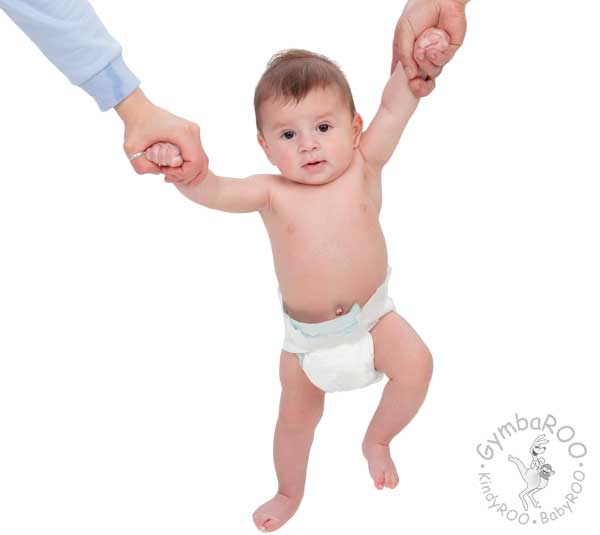 Plus all that street rubbish that flies through the windows if it's a city apartment. But there is no or very little fresh air in our homes, because in winter it is difficult to keep the windows open and constantly ventilate the room. There is no sunlight in our homes - useful UV radiation, which is necessary for the growth of all living things. And finally, sitting at home, we sharply limit our physical activity. Therefore, it is clear that everyone, including children, needs to go out into the fresh air and walk. Of course, walking in summer is more pleasant than in winter: it's warm, the birds are singing, the grass is green, the flowers are blooming, it somehow becomes immediately clear that walking is both pleasant and useful. What about in winter? Cold, snow, monotonous landscape - all this is uncomfortable, so what is the use of winter walks?
Plus all that street rubbish that flies through the windows if it's a city apartment. But there is no or very little fresh air in our homes, because in winter it is difficult to keep the windows open and constantly ventilate the room. There is no sunlight in our homes - useful UV radiation, which is necessary for the growth of all living things. And finally, sitting at home, we sharply limit our physical activity. Therefore, it is clear that everyone, including children, needs to go out into the fresh air and walk. Of course, walking in summer is more pleasant than in winter: it's warm, the birds are singing, the grass is green, the flowers are blooming, it somehow becomes immediately clear that walking is both pleasant and useful. What about in winter? Cold, snow, monotonous landscape - all this is uncomfortable, so what is the use of winter walks?
WHAT A WINTER WALK WILL GIVE TO A CHILD:
1. Health. In cold weather, the air becomes cleaner and more oxygenated, and all the dust is trapped in the snow. Fresh air will cleanse the lungs of everything that the baby inhales in the apartment, the mucous membranes of the respiratory tract will begin to work better, and the blood and, accordingly, all organs will be enriched with oxygen. Walking, the child will grow better and physically develop.
Fresh air will cleanse the lungs of everything that the baby inhales in the apartment, the mucous membranes of the respiratory tract will begin to work better, and the blood and, accordingly, all organs will be enriched with oxygen. Walking, the child will grow better and physically develop.
2. Hardening. The air temperature during a walk in winter is significantly different from the air temperature in the room - all this will harden the baby's body.
3. Vitamin D. In winter there is very little sun and a walk is the only opportunity for a child to get a "portion" of ultraviolet radiation. Namely, under its influence, our body produces vitamin D, which is necessary for the prevention of rickets. Of course, in order to prevent rickets, it will be necessary not only to walk, but still it is worth taking advantage of this simple and natural “medicine”.
4. Physical activity. Walking in winter, when we wear a lot of clothes, especially if we move actively, we spend more effort and energy.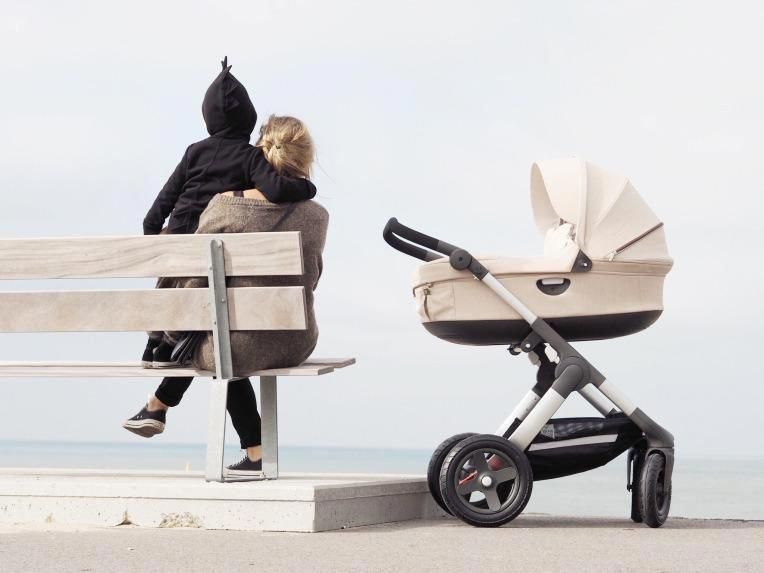 The baby also spends it, even if he just moves his legs along the road, digs snow, rolls over a snowdrift or rolls down a hill with his parents. So a winter walk willy-nilly gives us physical activity, and it in turn stimulates the work of the cardiovascular and immune systems. It turns out that again there are health benefits.
The baby also spends it, even if he just moves his legs along the road, digs snow, rolls over a snowdrift or rolls down a hill with his parents. So a winter walk willy-nilly gives us physical activity, and it in turn stimulates the work of the cardiovascular and immune systems. It turns out that again there are health benefits.
5. Development and socialization. On the street, the world is completely different than in an apartment or house familiar to a child. It is full of all sorts of amazing things for children: it is snowing or the sun is shining, a dog is running, a crow is croaking, a car is passing by. Moreover, all this changes very quickly: the baby sees a new picture all the time and receives new information, studies the properties of different objects. While walking, children learn to establish different connections: the dog barks, the bird flies, and the snow is white and beautiful. Plus communication with other children and new contacts. Well, yes, in the warm season there are more street entertainments, but do not sit in the apartment until the snow melts!
Of course, not all of these factors will work on every walk: the sun does not always shine, and as for infants, they often sleep outside and do not have any movement and special acquaintance with the outside world.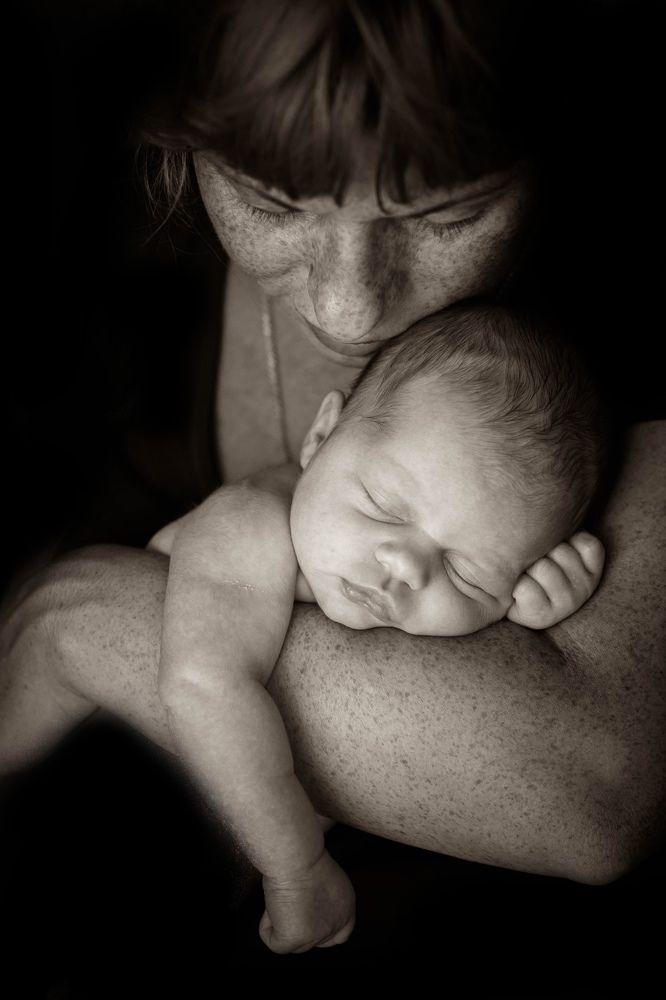 But winter walks give health and hardening for sure, unless, of course, walking in the fresh air, and not along gassed streets or shops full of people.
But winter walks give health and hardening for sure, unless, of course, walking in the fresh air, and not along gassed streets or shops full of people.
WHY THEY DO NOT WALK
True, no matter how much they talk about the benefits of winter walks, anyway, at this time of the year, many mothers and fathers with their children do not walk or walk rarely or for a short time. Adults understand that this is wrong, but the reasons for staying at home seem convincing to them. What Parents Assure Themselves:
The child will get sick in the cold. This is a typical horror story, which mothers and grandmothers especially love: they say that the child will breathe air in the cold and he will start coughing, runny nose or sore throat . But cold air does not cause illness - this is a myth.
Actually. A person gets sick from bacteria or viruses, not from cold. On the contrary, many viruses die in the cold, so walking in sub-zero temperatures is safer than in positive ones.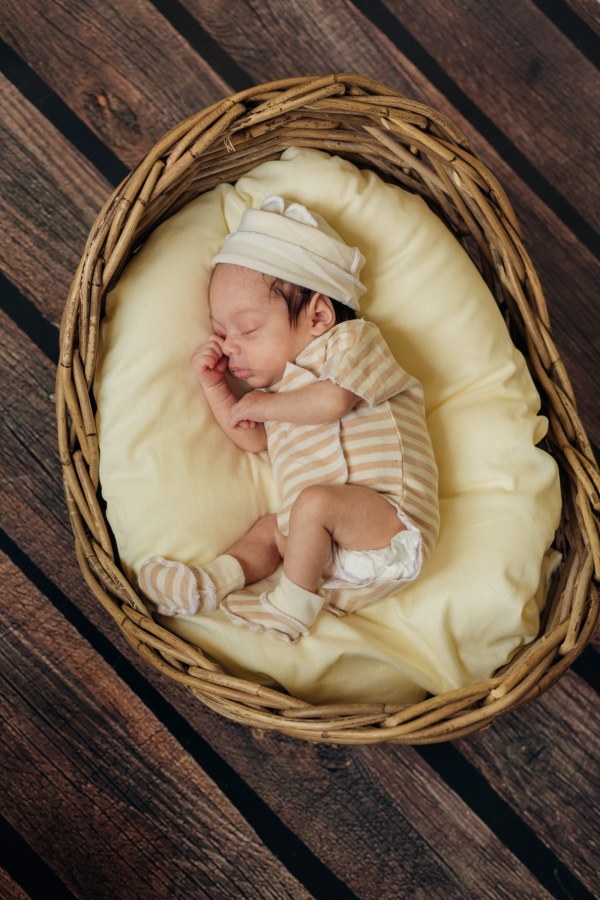 Another thing is that hypothermia (frozen feet, for example) can contribute to the fact that a virus or microbe that has entered the body begins to develop. Well, it (hypothermia) simply should not be allowed.
Another thing is that hypothermia (frozen feet, for example) can contribute to the fact that a virus or microbe that has entered the body begins to develop. Well, it (hypothermia) simply should not be allowed.
There are only infections in the street . Now, when a flood of various negative information has hit us, in particular about all sorts of viruses and diseases, many anxious mothers are generally afraid to go outside with a small child once again. Especially in the first weeks and even months after childbirth if the child was born in autumn and winter. It is believed that a baby can be sneezed on the street, or a virus will remain in the entrance after a sick person, and the child will pick it up. The endless media horror stories about new and horrific strains of the flu, the daily news about severe complications from illness, and other horror stories only add fuel to the fire. So mothers with a child sit at home all winter and walk only on the balcony.
Actually. An apartment will not protect against illnesses - dad, grandmother, mother herself can bring a virus into the house: a family does not live in complete isolation from the world. But a walk in the fresh air, on the contrary, will strengthen health and immunity.
An apartment will not protect against illnesses - dad, grandmother, mother herself can bring a virus into the house: a family does not live in complete isolation from the world. But a walk in the fresh air, on the contrary, will strengthen health and immunity.
Walking in winter is so difficult and boring. In winter, you have to dress for a long time: first by yourself, and then dress the child in several layers of clothes. And you need to dress according to the weather, otherwise you will quickly freeze and have to return. The question is: why did they leave at all? And you also have to not forget anything (the same mittens), otherwise, again, you have to return home, and this is always inconvenient with a small child. In addition, many babies do not tolerate the dressing process well: they scream so much that it is easier to spit on a walk and stay at home. It’s cold in winter, you can’t sit on a bench with a stroller, you can’t read a book, you have to walk all the time. Plus, many parents are generally bored with walking with a stroller or by the hand with a child, even if the weather is good and the baby is calm.
Plus, many parents are generally bored with walking with a stroller or by the hand with a child, even if the weather is good and the baby is calm.
Actually. These are all excuses and banal laziness. Today, there are so many high-tech and comfortable clothes (for both adults and children) that you can dress for a walk easily and comfortably. Children very quickly get used to the process of dressing or simply put up with it. If you try a little, then even in a walk with a stroller you can find something interesting (listen to audio books, music, communicate in the company of the same mothers).
The child will freeze or overheat . In winter, you need to put a lot of clothes on the baby, and it’s difficult to understand exactly whether the legs are cold or, on the contrary, whether the baby has mated.
Actually . Usually, parents dress the child so warmly that he definitely does not freeze. Even if the baby is in the stroller, you can always feel his arms and legs and determine if they are cold.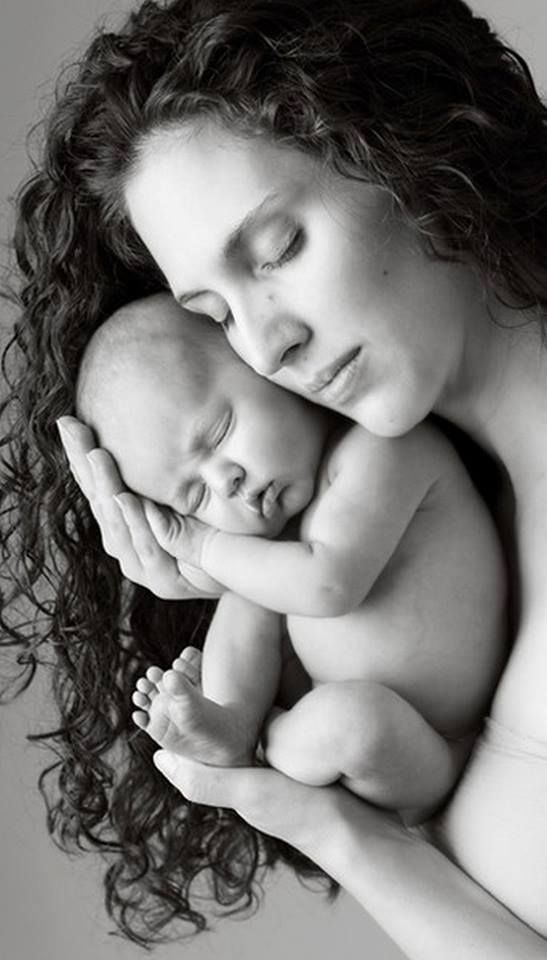 Much more often, a child is hot on a walk, and you can find out about this by his appearance and behavior. The baby's face turns red, he begins to worry (naughty or crying), asks for water. Then you need to put your hand behind the baby's collar and feel his back (whether she was sweating).
Much more often, a child is hot on a walk, and you can find out about this by his appearance and behavior. The baby's face turns red, he begins to worry (naughty or crying), asks for water. Then you need to put your hand behind the baby's collar and feel his back (whether she was sweating).
The child will want to eat, but in winter you will not give breasts on the street . Therefore, it is better not to go out for a walk, especially since if you go out, you still won’t leave for a long time.
Actually . The child can be fed before the walk. Then you are guaranteed to have 1–1.5 hours to go outside and get some fresh air. And this is quite enough for a winter walk. In general, on the street in winter, children quickly fall asleep and then sleep for a very long time. So there is usually enough time to walk between feedings.
Bad weather in winter – if not a blizzard, then ice, if not frost, then slush.
Actually. Bad weather in winter, if a person does not really live in difficult climatic conditions, still happens infrequently.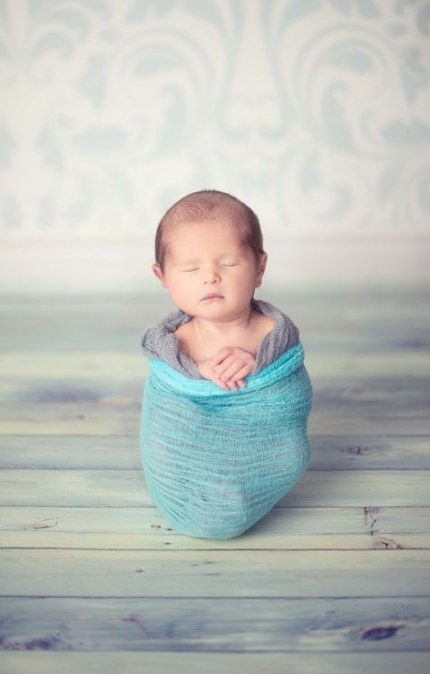 Blizzards do not sweep all winter, and severe colds are replaced by a light and pleasant frost, so most often the same parental laziness is hidden under the words “bad weather”. Or the lack of habits of a healthy lifestyle and walks in particular. Plus, at home we are anchored by the usual benefits: a soft sofa, TV, computer.
Blizzards do not sweep all winter, and severe colds are replaced by a light and pleasant frost, so most often the same parental laziness is hidden under the words “bad weather”. Or the lack of habits of a healthy lifestyle and walks in particular. Plus, at home we are anchored by the usual benefits: a soft sofa, TV, computer.
It turns out that there are no particularly serious reasons not to walk in the winter with a child. But here, too, it is necessary to observe the measure. You don’t have to perform feats and walk for the sake of the baby’s health if you don’t have the strength, the food for yourself or your husband is not ready, the weather is bad outside, or something just went wrong today. Nothing bad will happen if the child stays at home for one or even a couple of days. But as soon as the weather improves and strength appears, we must go outside. But what about the balcony? To be honest, everyone understands that a walk on a balcony is not the same as a walk in a park or forest.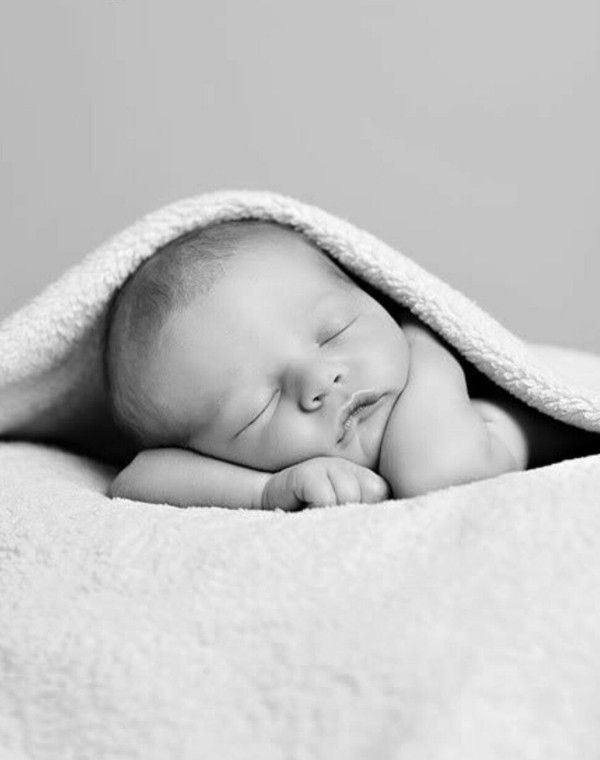 This is a way out for those who live in a house without an elevator, who don’t even have a public garden nearby, if it’s very cold and bad weather outside, their mother feels unwell or is very busy with household chores or work.
This is a way out for those who live in a house without an elevator, who don’t even have a public garden nearby, if it’s very cold and bad weather outside, their mother feels unwell or is very busy with household chores or work.
GOING OUTSIDE
When to start. If a child was born in winter or cold spring or autumn, then in the first days after birth, he does not need to walk. And not only because it's cold outside, it's just that the baby needs to first adapt to the outside world, and he and his mother need to enter a new rhythm of life. In general, the opinions of pediatricians about when to start walking with a newborn differ. Some doctors believe that a healthy child can be taken outside in winter already a week after birth, others recommend walking from the 10-14th day of life, and others generally advise waiting up to three to four weeks. Here it will be necessary to look at everything: the weight of the child (underweight children are advised to start walking later in winter), his condition, the weather, the possibilities of the family (mother may not have the strength, dad works, and there are no grandmothers nearby).
At what temperature and how long to walk. Here, too, you need to focus on the weather. Doctors recommend taking a newborn out for the first walk if the temperature outside the window is not lower than minus 5 ºС. At first, you can not even go outside, but “walk” with a dressed baby in a room with a wide open window or sit on the balcony. Then go out with the baby from the house holding him in his arms, and then walk in the stroller.
Every day the walk is increased by about 5–10 minutes, and it turns out that after going outside for an average of 10 days, by a month a child can already walk for an hour, and then 1.5–2 hours. But here again it is necessary to look at the climate. It can be 0 ºС or even plus on the street, but a strong north wind will blow - walking in such weather is unpleasant and not necessary. Or maybe the frost is below minus 15 ºС, and the day will be sunny, the weather will be mild - then the numbers on the thermometer will not interfere with taking a walk in the fresh air.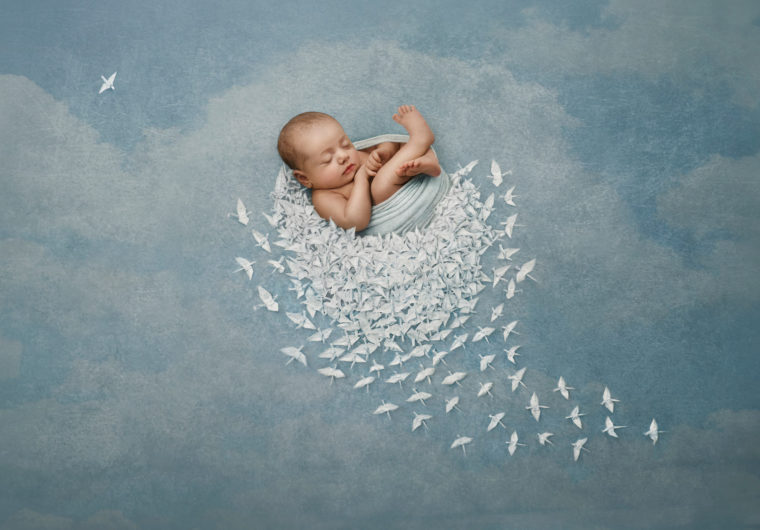
How to dress your child . As mentioned earlier, with clothes now everything is simple. Woolen leggings that still need to be pulled on, numerous handkerchiefs under a hat, heavy children's fur coats, one socks, and on top of the second socks, scarves so as not to blow, and other grandmother's tricks for warmth are a thing of the past. It's simple: a child walks in a stroller - cotton overalls (slip) to the body, fleece on top, and then overalls or an envelope with insulation. A cotton helmet is put on the head, on top of it - a woolen or the same fleece (or you can put on a “2 in 1” helmet). On the feet - socks, on the hands - mittens. Who is very scared - take a blanket (just in case). If the child is already walking, everything is the same, but instead of an envelope there will already be overalls and plus winter children's shoes. And no extra buttons, ties and everything that irritates both mother and child. Sleepsuits with comfortable buttons, jumpsuits (envelopes) with zippers, instead of a stuffy scarf, a hat-helmet will cover your neck, prickly wool is replaced by soft and pleasant fleece - you can get ready for a walk in such comfortable clothes, like in the army, in a few minutes! Before you go for a walk, you must first collect all the necessary things (napkins, nipples, toys), then get dressed yourself, and last but not least, dress the child (otherwise he will quickly become hot).
